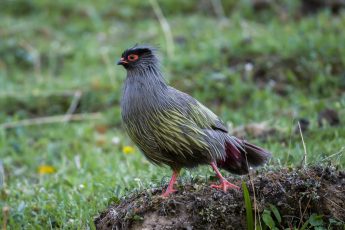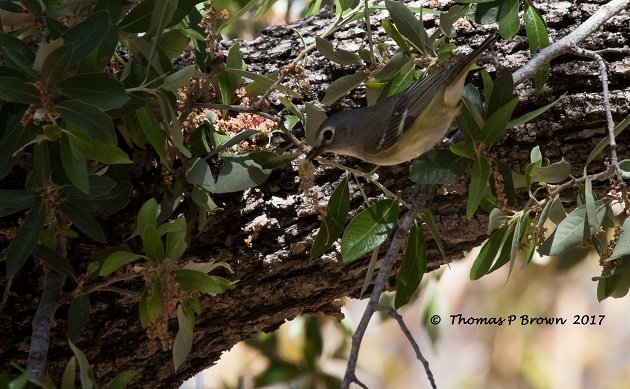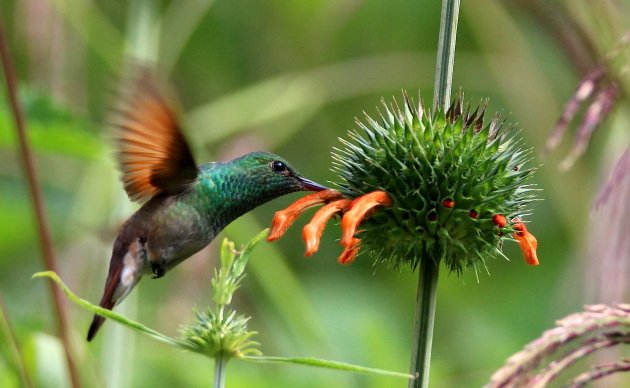First of all: SWALLOWS. I have been watching for their arrival all week. Yesterday, there were none. Today, Tree Swallows are here, flashing light and dark above the river.
Now, let’s back up. Last week was spring break at the University of Montana, and so, for me, a chance for a brief flying visit back east. Though spring migration is only just starting to ramp up there, of course I had to visit the Ramble. Not only was it pleasure, it was now that most dignified of activities, Research.
I am writing (hopefully, by the time this posts, have written) on the odd confluence of good birding territory and historic gay cruising zones. The Magic Hedge in Chicago, of course. Plum Beach in Brooklyn. And my favorite, the iconic Ramble itself. The subject begs for facile metaphors and easy comparisons, and rejecting such is one of my favorite hobbies after birding itself. So, off to the Ramble to gather scene-setting material and, hopefully, early wood-warblers.
The former provided itself readily enough — it was a day of unfolding leaves and butterflies, emerging flowers, basking turtles, and just to ensure that I remained on-topic, jewel-colored Trojan wrappers left beside the path. (C’mon, guys. I applaud responsibility, but please don’t litter.)
The latter was the more ambitious plan. Sure, migration was in evidence — both Kinglet species present, Hermit Thrushes everywhere, White-throated Sparrows tuning up their songs in such abundance that they provided an ongoing soundtrack, American Robins and assorted blackbirds on the move. But there was also evidence that I’d missed a wave — the Northern Rough-winged and Barn Swallows that had been reported the previous day were nowhere in to be found, nor was the Black-and-White Warbler. Nor was there any evidence of the old favorite I secretly yearned for, the Black-throated Blue Warbler. It took a long stake-out — happily by other birders, who I spotted just in time — to find a single Louisiana Waterthrush, after the previous day’s count of five. Besides the waterthrush, my warbler success was limited to Palm and Pine — not bad, but far from unexpected. Quitting the woods for the Reservoir, I added bright-plumaged Ruddy Ducks and Northern Shovelers, a plethora of Double-crested Cormorants, and a pair of Pied-billed Grebes.
Though not the most exciting from a listing perspective, the day did provide the perfect rhythm for walking and thinking — that rhythm where your feet and eyes and one layer of your mind are occupied, while another chunk of brain is free to do its own rambling, making connections among the sensory data coming in. Thinking, say, about the Ramble and its contested history, its constructed underpinnings, its role as both a facsimile and the real thing, a pocket-edition of something valued by a few landscape architects and their patrons now treasured and vital to so many, both human and avian. Those pesky metaphors cropping up everywhere.
It was all almost — but not quite — as good as a Black-throated Blue Warbler.
Darn it.
Photo courtesy of the U.S. Fish and Wildlife Service.







 New writers welcome – please contact us for details.
New writers welcome – please contact us for details.

















Birding and the availability of casual sex is a fascinating subject for an article. Be sure to mention Birding Pal.